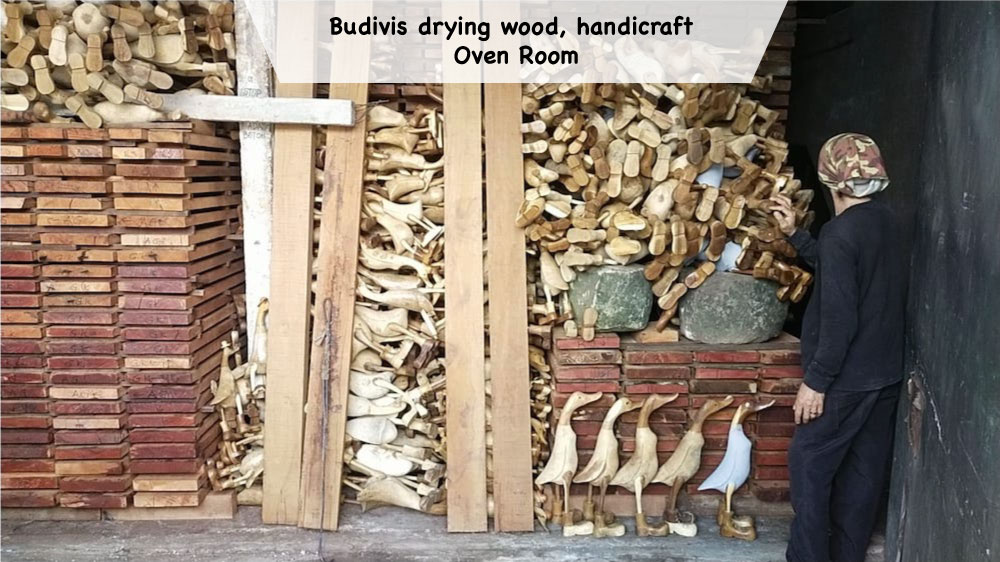
Drying your own wooden duck is a great way to get it done quickly and efficiently.
You can use an oven room with a temperature of 45-60 degrees for several days to make sure that the minimum moisture content is achieved.
Make sure to monitor the process closely so that you do not over-dry the wood, as this can lead to cracking and warping
Drying wooden ducks is a process of removing moisture from the wood to make it more durable. This can be done by several different methods, but the most common is to place the wood in an oven set at a low temperature. The benefits of drying your own wooden ducks are twofold. First, it is a less expensive option than purchasing pre-dried wood from a store. Second, you can control the amount of moisture removed from the wood, which means you can avoid over-drying and warping.
With that said, there are potential pitfalls associated with drying your own wooden ducks. The most significant is the risk of over-drying, which can lead to cracking and splitting. That's why it's important to closely monitor the drying process and make adjustments as necessary.
In this blog post, we'll walk you through the step-by-step process of drying your own wooden ducks. We'll also share some tips and tricks for getting the best results. By the end of this post, you'll know everything you need to know about drying your own wooden ducks!
Drying Wooden Ducks - Step-by-Step Process
Gather Supplies and Materials
The first thing you'll need to do is gather all of the supplies and materials you'll need for this project. Here's a list of what you'll need:
-One or more pieces of wood ( depending on how many ducks you want to dry)
-A saw (to cut the wood into pieces)
-An oven (set at a low temperature)
-A timer
-A thermometer
Preparation for Drying the Wood Wood needs to be cut into thin pieces that are smaller than 24 inches in any dimension. If your wood is not already cut into thin pieces, use a saw to cut it into thin slices that are all smaller than 24 inches in any dimension. If your wood is already in thin slices, proceed to the next step.
Next, you need to condition the wood so that it will accept moisture evenly when placed in an oven room. To do this, soak your wood in water for 24 hours prior then allow it to air dry for another 24 hours before beginning the drying process Setting Up an Oven Room and Monitoring the Process Now it's time to set up an oven room where you will place your wood while it dries. The ideal temperature for drying wood is between 80?F and 90?F. If your oven does not have a setting that low, prop open the door slightly so that heat escapes and brings down the overall temperature inside the oven room.
Place your racks in the oven room so that they are not touching each other or any walls. Monitor progress by checking on them periodically with a timer and/or thermometer. Dehumidifiers can also be used in conjunction with an oven room to help control moisture levels. Potential Pitfalls of Drying Wooden Ducks As mentioned earlier, one potential pitfall of drying your own wooden ducks is over-drying, which occurs when too much moisture is removed from the wood.
This can cause cracking, splitting, and other damage. To avoid this issue, it's important to monitor progress closely and make adjustments as necessary.
Conclusion: Drying your own wooden ducks has several benefits, including being less expensive than purchasing pre-dried wood from a store and giving you more control over how much moisture is removed from the wood. However, there are also potential pitfalls associated with drying your own wooden ducks, such as over-drying, which can lead to cracking and splitting. By following these steps and monitoring progress closely, you can avoid these pitfalls and successfully dry your own wooden ducks!









